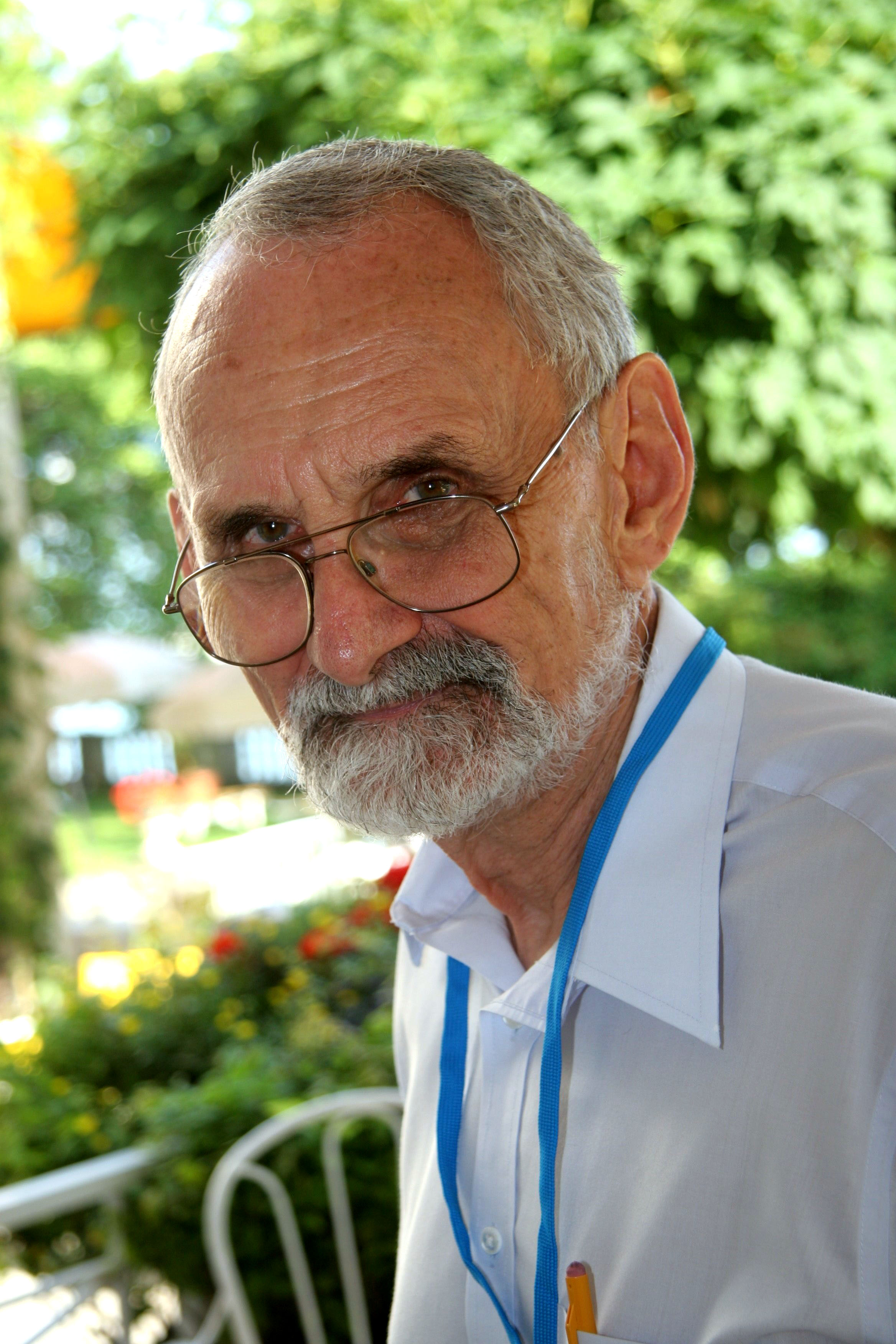Curl, Robert Floyd, Jr. (1933-2022), an American physical chemist, discovered a new form of the element carbon called fullerene in 1985. Curl shared the 1996 Nobel Prize in chemistry with his co-workers in the discovery, Richard E. Smalley of the United States and Sir Harold W. Kroto of the United Kingdom (see Kroto, Sir Harold; Smalley, Richard Errett). Their findings gave rise to an entirely new branch of chemistry concerned with the huge variety of fullerenes, hollow molecules made up of a large, even number of carbon atoms. 
Curl was born on Aug. 23, 1933, in Alice, Texas. He earned a bachelor’s degree in chemistry from the Rice Institute (now Rice University) in Houston in 1954. Curl gained his Ph.D. at the University of California at Berkeley in 1957. He studied the changes of shape of a molecule caused by the rotation of one of its parts relative to the rest. He also did postdoctoral work at Harvard University in Cambridge, Massachusetts. In 1958, Curl returned to Rice as an assistant professor. He remained at Rice for the rest of his career. Curl led a group studying the highly reactive groups of atoms called free radicals (unstable molecules produced by oxidation) by observing how they emitted or absorbed microwaves (short radio waves). See Antioxidant.
In the 1980’s, together with Richard Smalley, Curl produced small clusters of atoms by first vaporizing a material with a laser beam, and then letting the vapor expand rapidly into a vacuum so that it cooled. Smalley had studied clusters of metal atoms produced in this way. Curl and the German-born American physicist Frank Kittel joined Smalley in studying clusters of materials, such as silicon and germanium, that are important in solid-state electronics. Harold Kroto wanted to use the vaporizing process to study clusters of carbon atoms. He believed that it could mimic the production of carbon dust in interstellar space, formed when carbon was blown into space from the atmospheres of stars. The team’s experiments produced what appeared to be clusters consisting of 60 carbon atoms. These carbon clusters seemed to be not chance groupings but molecules, with their atoms linked by chemical bonds. The researchers worked out that the atoms must be arranged in a globular shape, resembling a soccer ball made up of 12 hexagons (six-sided shapes) and 12 pentagons (five-sided shapes). They named this material buckminsterfullerene because its structure resembled a geodesic dome, a building designed by the American engineer R. Buckminster Fuller (see Fuller, Buckminster).
Other closed-cage carbon molecules, including tubes and spheres with larger numbers of atoms, are called fullerenes. Later, other workers discovered easier ways of producing fullerenes. Fullerene chemistry grew so rapidly that Curl turned away from it to less crowded areas of research. He developed novel laser instruments and studied short-lived intermediate groupings of atoms that form during chemical reactions. Curl died on July 3, 2022.
See also Carbon (Fullerenes).
